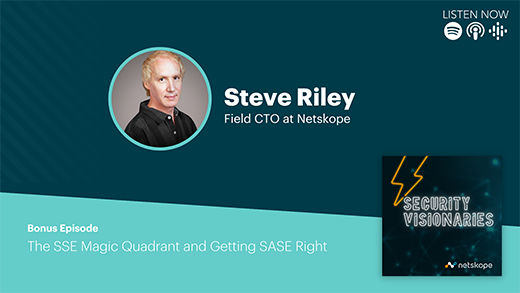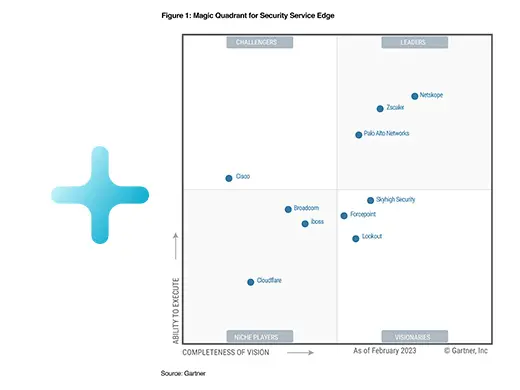Even though cloud computing isn’t all that new anymore, learning how to use it effectively can be overwhelming. It’s unfortunately very easy to make mistakes. We know the vast majority of cloud security failures are configuration mistakes of some kind or another, so developing the discipline of correct configuration — aided by properly implemented cloud security posture management (CSPM) and SaaS security posture management (SSPM) — is the best thing an organization can do to ensure that they use the cloud safely and securely.
When further analyzing CSPM and SSPM, there are specific factors to consider to fully understand how to take advantage of each, especially when facing such configuration errors.
Cloud Security Posture Management (CSPM)
CSPM has emerged as a robust product category to help organizations cope with today’s cloud complexities. CSPM allows organizations to interrogate the security posture of the workloads they have deployed into a public infrastructure-as-a-service (IaaS) cloud.
But what are they interrogating against? There are several baselines — minimum security control recommendations established by industry groups like the National Institute of Standards and Technology (NIST) and the Cloud Security Alliance (CSA) — plus many CSPM vendors also have their own baselines. These baselines all look for common issues. For example, one of the most common mistakes that we see over and over again in public clouds is a storage object that is open to the world (in AWS, that would be an S3 bucket, or in Azure, that would be a blob). Anybody who can point their browser at this object can then read the contents of what has been stored.
Public cloud resources are generally closed by default. The only entity with initial access to the object is the person who created it. However, let’s say a storage bucket is created and an application needs to read from it. An organization may not take the time to go through all the pain of writing a complicated bucket access policy, which is a little pile of JavaScript Object Notation (JSON) code. For expediency, the default access control list can be quickly changed to grant the world read access — and then it can be returned to the default just 30 minutes later.
What happens next is pretty predictable — 30 minutes have passed, and the bucket’s owner’s attention has drifted elsewhere. Now, that bucket of sensitive information is just sitting there, tempting anyone who might happen to discover it. Open storage bucket mistakes happen all the time for similar reasons. Eventually, someone or something will come along and find it. Attackers can download tools from the internet that scrape the S3 namespace looking for such opportunities. Fortunately, a CSPM can automatically check bucket permissions to make sure nothing is misconfigured and left open.
SaaS Security Posture Management (SSPM)
Did you know that software as a service (SaaS) actually eats up more budget than IaaS? According to research (paywall) by Gartner, Inc., most organizations spend one and a half to two times as much on SaaS as they do on IaaS and PaaS, yet for one reason or another, the security of SaaS hasn’t historically received the same amount of attention. Maybe this is because, up until very recently, SaaS has been exceptionally self-service.
While there’s a lot of SaaS out there, most of an organization’s mission-critical data resides in a shortlist of strategic applications. These typically have their own security controls; they may be wildly different in quantity and degree (e.g., Office 365 has far more built-in controls than Dropbox), but they still require proper configuration. Unlike IaaS, where objects that are created are “closed” by default, the opposite is true with SaaS.
For example, the default configuration of an Office 365 tenant is such that if users have access to a file, they can share that file with anyone in the world. Whoever finds the link can forward it to anyone else in the world. Microsoft decided to facilitate sharing — it wants it to be as easy as possible for individuals to collaborate. It’s a business decision, but it has ramifications, so it’s very important to think clearly and deliberately about how to configure native SaaS controls.
This is where the new SSPM product category steps in. I first noticed this was an emerging market last year, and I placed it within the 2020 Gartner, Inc. cloud security Hype Cycle (subscription required) — giving it the SSPM name. Today, many security vendors are adding SSPM capabilities as part of their larger SaaS protection offerings. As organizations finally begin to grapple with the fact that they’re spending a lot of money on SaaS and storing a fair amount of critical business information in a handful of strategic SaaS applications, having the tools to properly govern these platforms is critical in order to fully benefit from SSPM.
Getting Started
A logical starting point for verifying the correct cloud configuration is to use the native tools from your cloud providers. All the major IaaS/PaaS providers offer a CSPM, and a handful of SaaS providers offer SSPM. These tools may be considered adequate for single-cloud companies — however, most companies these days are truly multicloud.
It’s more sensible to rely on independent, provider-neutral CSPM and SSPM tools for a number of reasons. A single CSPM for all IaaS/PaaS and a single SSPM for all SaaS ensure that posture is consistent and repeatable across your entire cloud ecosystem. Posture management tools sit alongside your cloud deployments, and because they rely on cloud APIs to investigate your configuration, you don’t need to schedule any production downtime or lengthy integration phases to begin deriving value from them.
Increasingly, CSPM and SSPM vendors are adding automatic remediation capabilities, but don’t enable this immediately. Instead, spend time with the tools to verify that their suggestions are applicable. Once you’ve gained some trust that the tools have adapted to your specific environment, then consider enabling automatic remediation.
As cloud adoption continues to accelerate, organizations need to maintain an adequate security posture. By deploying an effective CSPM and SSPM strategy, organizations can continue to observe and prevent cloud security failures rooted in configuration errors.
This article was originally published at Forbes Tech Council.





















